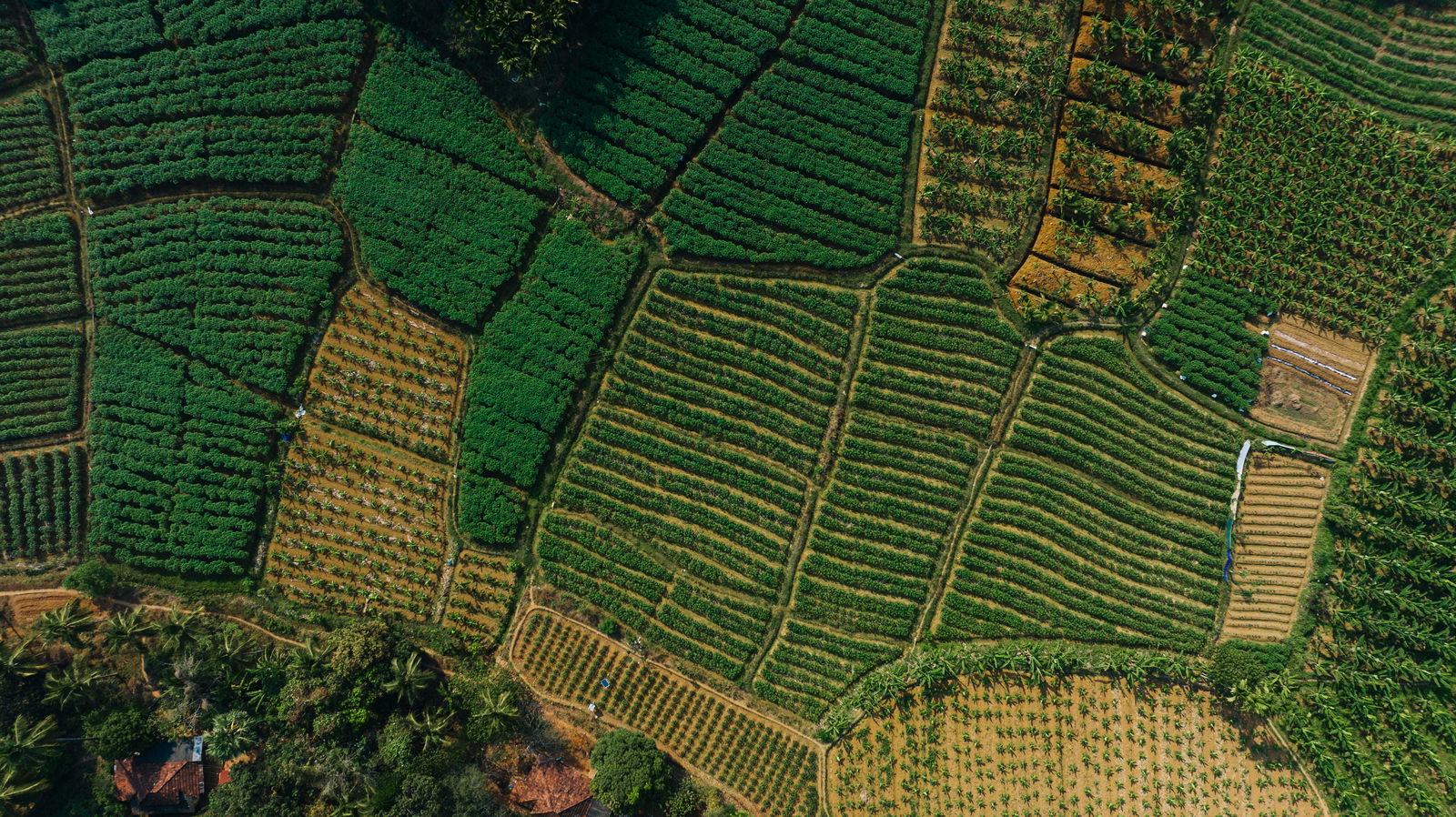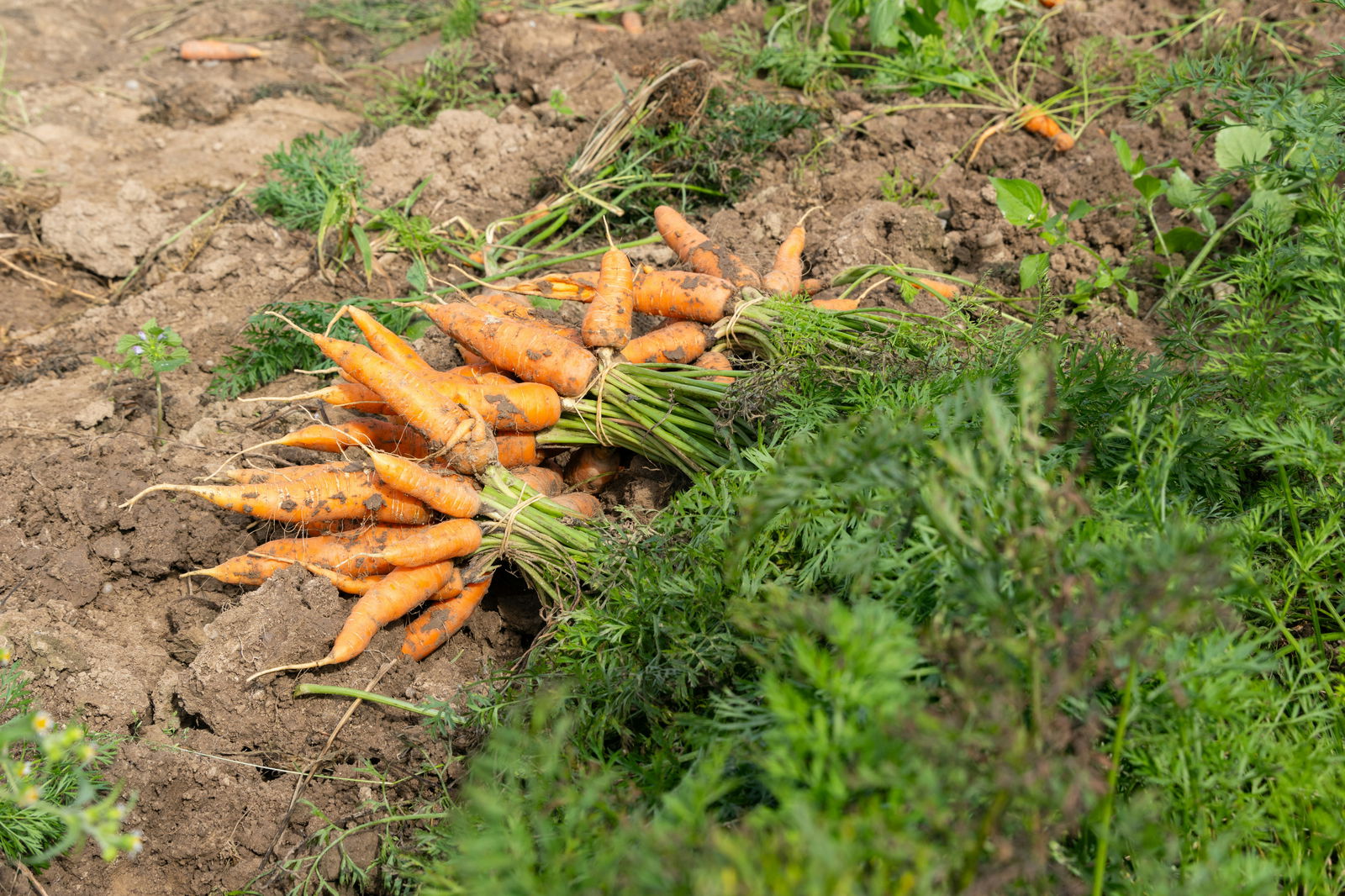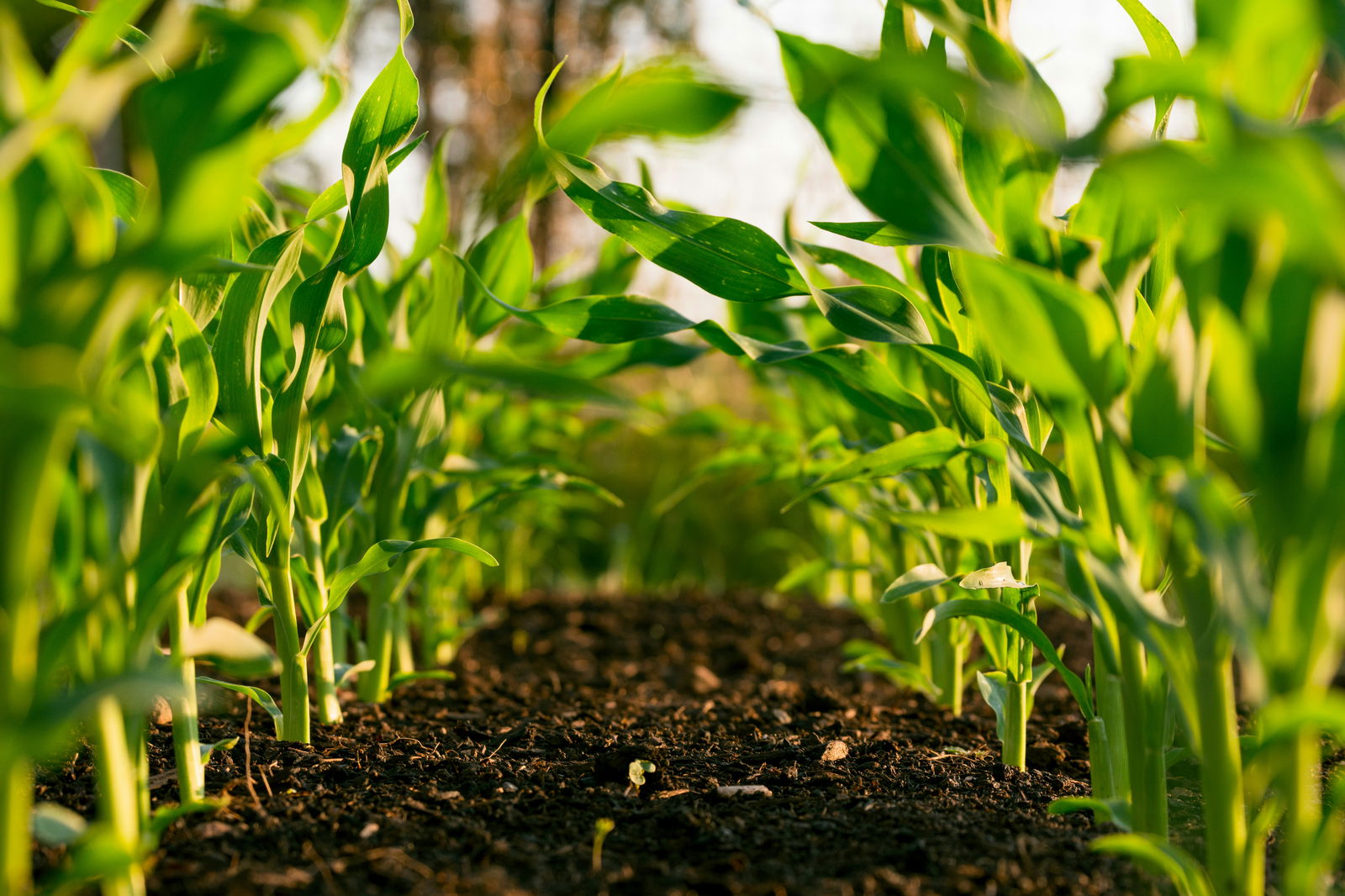Carbon sequestration through strategic land management
 Unsplash
Unsplash Unsplash
Unsplash· 6 min read

Source: Unsplash
The way humanity uses the land significantly impacts the amount of carbon sent into the atmosphere. Strategic land management through climate-smart agricultural practices and equipment presents a possible solution to aid carbon sequestration initiatives worldwide.
Carbon sequestration is a growing topic of interest as governments and organizations become more aware of the harmful effects of carbon emissions on the environment. Carbon sequestration refers to the long-term storage of carbon dioxide in soil, plants, geological structures and the ocean after it is captured from the atmosphere.
Creating conditions for better carbon sequestration is essential, as increased emissions are causing severe wildfires, storms and floods. Sequestration usually happens naturally, but due to the disproportionate volume of carbon emissions from modern industrialization, the world needs some help. Even if all countries and companies achieve net-zero emissions by 2050, there is still so much carbon dioxide in the atmosphere that it will need active removal for decades.
There are two broad types of carbon sequestration that scientists are trying to improve — biological and geological:
Biological carbon sequestration is the strategy closest to natural processes. This process involves storing carbon in natural organisms and structures, like forests, grasslands, healthy soils and oceans. Natural processes like photosynthesis grab carbon dioxide from the atmosphere and turn it into living plant tissue. The soil can also store carbon for long periods. In bodies of water, carbon dioxide takes the form of dissolved gas or sea floor sediments.
Geological carbon sequestration creates carbon dioxide stores in rocks or underground geological formations. Its most common application is storing emissions from industrial companies, like power plants or steel production facilities. Carbon dioxide gets converted into a supercritical state and injected into a porous rock structure, where it becomes physically trapped and reacts with surrounding chemicals to reach a stable form.
Strategic land management is essential to maximize the effectiveness of carbon sequestration initiatives, whether biological or geological. It entails various techniques and technologies to ensure productivity while preserving the integrity of the land and its resources.

Source: Unsplash
Agriculture has a significant carbon footprint. In 2022, the agricultural sector contributed 9.4% of direct greenhouse gas emissions in the U.S. Managing croplands and grasslands significantly affects the emission or sequestration of carbon dioxide in agriculture.
Climate-smart agriculture is one way to practice strategic land management. This approach aims to transform traditional agricultural practices into more environmentally friendly, climate-resilient processes.
Examples of climate-smart agriculture are already plentiful. Global institutions like the World Bank have supported these initiatives, funding climate-smart agricultural projects in countries like China, Kenya and Pakistan that aim to minimize greenhouse gas emissions and improve farmland carbon sequestration.
When done correctly, adopting climate-smart practices could lead to these benefits:
Climate agriculture practices could lead to more productive yields without placing additional strain on the land’s resources. They help improve food security while providing employment opportunities.
Climate-smart agriculture considers environmental changes affecting the yield and survival of essential crops. This unique approach improves crops’ survival against pests, diseases, droughts and other climate-related stresses. This improved climate resilience can extend over time, as weather patterns and seasons change.
The agricultural sector is a major contributor to global greenhouse gas emissions and climate change. Climate-smart agriculture helps farmers transition toward more environmentally friendly practices that preserve the Earth’s resources. It prevents them from contributing to deforestation to expand farmlands and improves the area’s carbon sequestration capabilities.

Source: Unsplash
Climate-smart agriculture requires strategies that boost agricultural productivity while minimizing emissions and managing the harmful effects of climate change. Here is a list of climate-smart agriculture practices that help farmers make better use of the land:
Agroforestry combines agricultural practices with forestry, primarily through growing and planting trees or shrubs alongside crops or farm animals. Trees add shade and windbreaks, which help manage temperatures and keep crops and livestock cooler, especially during heat waves or drought. They also improve the farm’s biodiversity, facilitate nutrient cycling for surrounding vegetation and improve carbon sequestration.
Conservation agriculture is a type of farming that operates on three main principles:
• Minimal soil disturbance through no-till or reduced tillage cultivation
• Permanent soil cover maintenance through crop residues and/or cover crops
• Diverse cropping systems and crop rotations
This approach prevents erosion, boosts water absorption and improves soil quality.
As global temperatures increase and weather patterns change, farmers must be more selective about the crops they cultivate. Selecting crops based on climate conditions and the plant’s inherent resilience can improve yields and stability.
Water is a significant part of running a farm, and proper management is essential to using this resource efficiently, especially during droughts or irregular rain. Rainwater harvesting, precision irrigation and drip irrigation are effective methods to ensure crops receive enough water while minimizing waste.
Integrated pest management controls pests and diseases while prioritizing ecological safety and causing the least possible harm to people, wildlife and the environment. It uses existing knowledge about pest management solutions and combines chemical, biological and cultural strategies to manage pests without using harmful synthetic substances. Pesticide runoff can seep into the soil, contaminating bodies of water and affecting wildlife.
Intentional nutrient management helps minimize greenhouse gas emissions, runoff and pollution from synthetic fertilizers. Climate-smart agriculture uses organic fertilizers, crop rotation and precision farming to boost crop productivity without harming the environment.
Applying climate-smart agriculture can require changing practices, crops, fertilizers and pesticides. However, some tools will make the process easier and improve sustainability outcomes. It’s important to assess environmental conditions — including wind, soil, terrain and weather — when selecting farming equipment and provide adequate training to anyone using it to ensure and maximize its effectiveness.
Precision agriculture equipment can significantly improve climate-smart agriculture and carbon sequestration initiatives. It uses a network of sensors, GPS technology and other tools to assess the state of the farm and livestock, soil health, moisture levels, and crop yield and quality.
All-terrain vehicles with AI and machine learning capabilities help farmers improve efficiency by at least 20% to 25% and boost crop yields by 15% to 20%. They can perform various agricultural tasks, such as accurate pesticide application and seeding.
Cross fencing divides a pasture into smaller sections for livestock to graze in. Farmers then rotate the animals from one section to another instead of allowing cows or sheep to roam through the entire area. This method can help prevent erosion and improve soil health, giving the land enough time to recover from animal activity.
Carbon sequestration is an urgent necessity — aiming to be carbon neutral is no longer enough. Adopting climate-smart agriculture with the right equipment allows the agricultural sector to minimize carbon emissions and contribute to a more resilient future for humanity and the planet.
illuminem Voices is a democratic space presenting the thoughts and opinions of leading Sustainability & Energy writers, their opinions do not necessarily represent those of illuminem.
illuminem briefings

Agriculture · Public Governance
Michael Wright

Agriculture · Environmental Sustainability
Yury Erofeev

Food · Agriculture
Politico

Climate Change · Agriculture
The Guardian

Climate Change · Agriculture
The Guardian

Agriculture · Climate Change